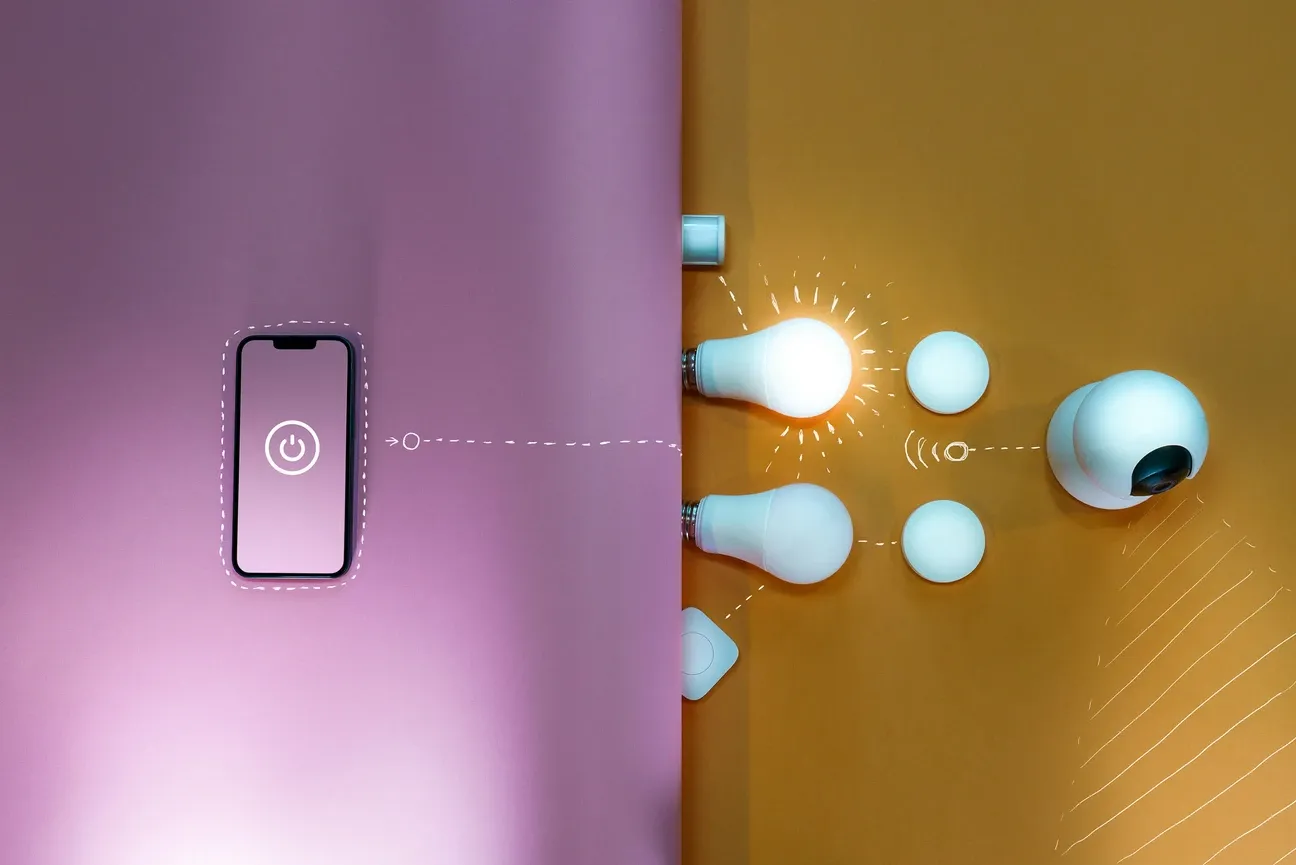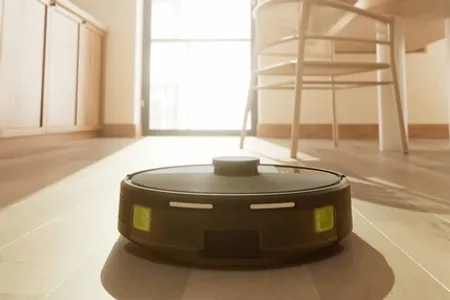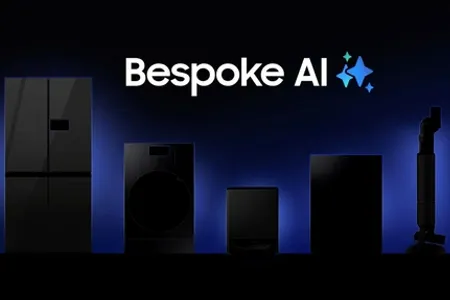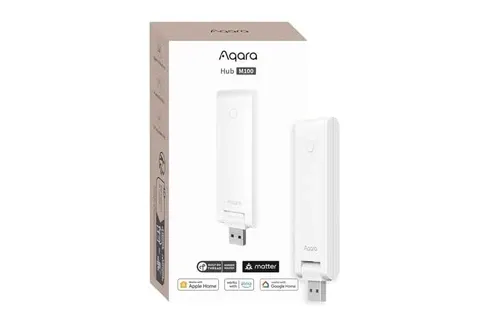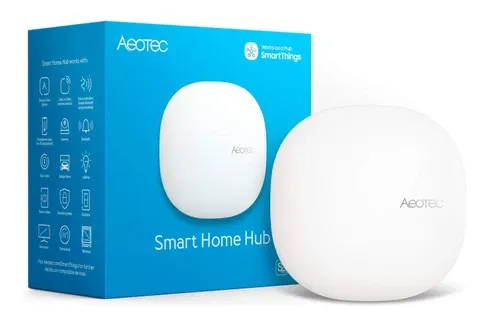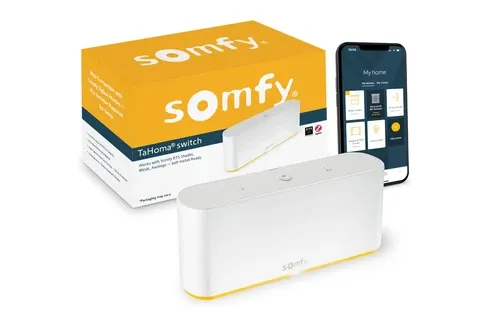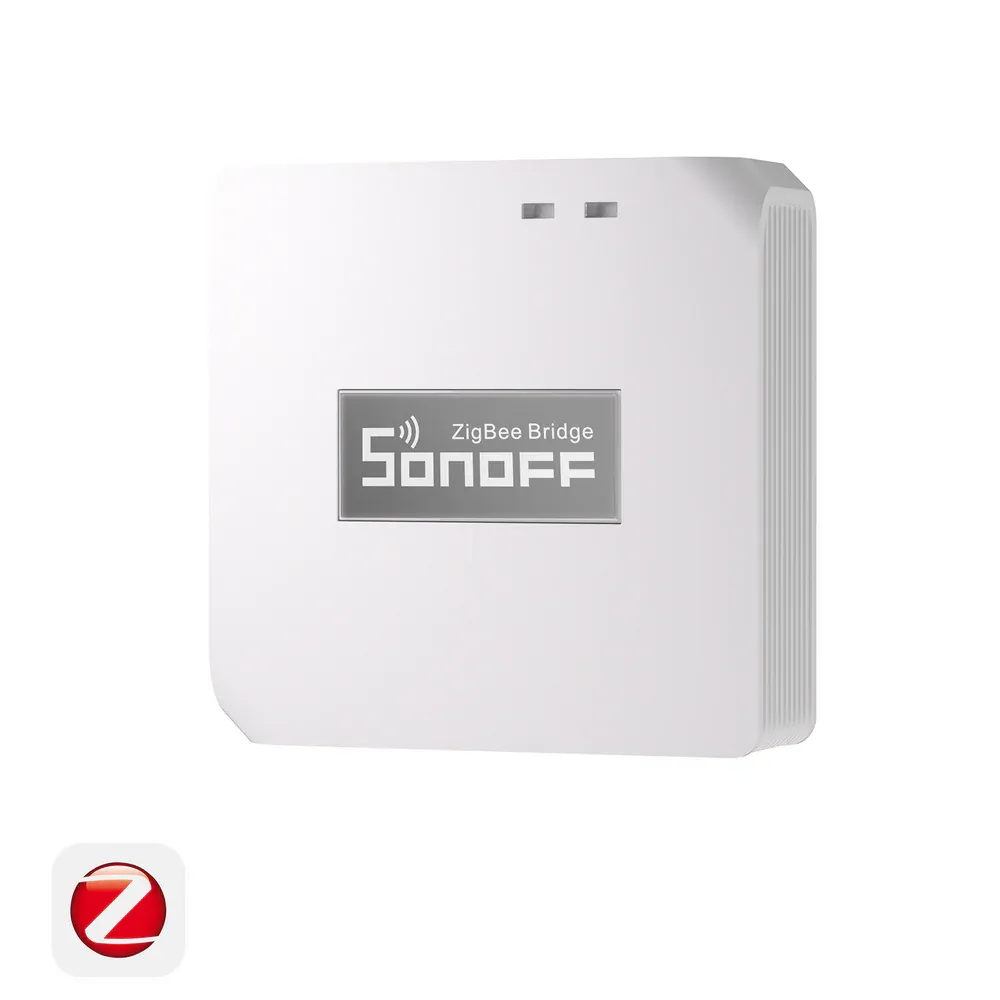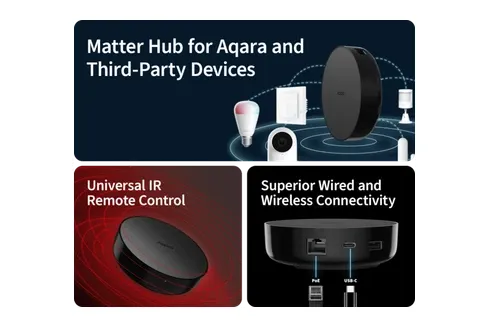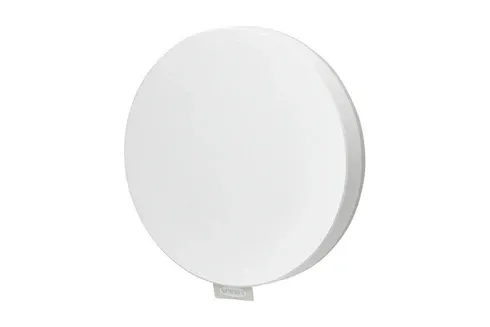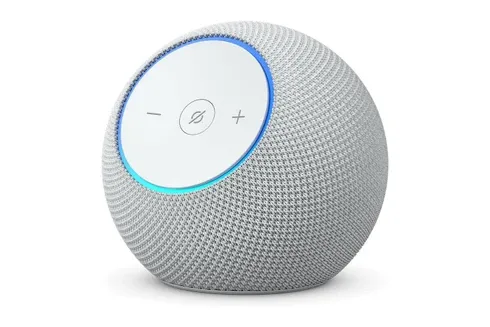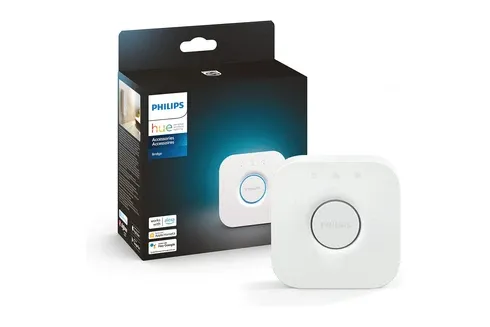Understanding the Smart Home Hub
A Smart Home Hub is the digital conductor that links your lights, thermostats, locks, sensors, and entertainment gear into one responsive system. Rather than juggling several apps, the hub presents a single control panel, making daily routines effortless. When you dim the living-room lamp, the thermostat can automatically lower the heat and your security camera can switch to night vision. This orchestration turns isolated gadgets into a coherent, efficient network-giving your house a true brain.
Smart home hubs resemble the nervous system of your connected environment. They translate protocols, balance bandwidth, and coordinate commands so that every component performs smoothly. By centralizing these tasks, hubs create a reliable framework for future expansions, allowing you to plug in new devices without headaches.
Why a Hub Is Essential
Different brands rely on Wi-Fi, ZigBee, Thread, Bluetooth, or Z-Wave. A smart hub understands all of them, so your gear speaks one language. It removes guesswork, eliminates dead spots, and brings older appliances into the modern era with minimal effort. Most importantly, it places privacy and security settings under one roof, making management simple.
Key Advantages at a Glance
A modern smart home hub delivers far more value than simple device grouping. It acts as the decision maker that keeps your connected home responsive even when your phone is out of reach. By maintaining a stable local network, the hub reduces delays, prevents failed routines, and ensures critical actions-like locking doors or activating security modes-always happen on time. Many hubs also include built‑in diagnostics that help pinpoint issues with sensors or radios before they interrupt your daily comfort. This level of insight makes troubleshooting less frustrating and supports long‑term system health. The hub’s central intelligence also enables deeper customization. You can create layered conditions, such as only running a cooling scene when indoor temperature rises while someone is home, or dimming lights when both sunset and motion detection occur. These richer automations allow your home to adapt to your routines rather than forcing you to adapt to technology. As more devices support newer protocols like Thread and Matter, a solid hub helps bridge generations of equipment, so older bulbs, switches, and thermostats remain useful. This backward-and-forward compatibility protects your investment and lets your smart home expand without constant replacements.
Your connected home gains noticeable improvements once a hub stands at the center:
- Central control through a single, intuitive app
- Automated scenes that save time and energy efficiency
- Secure, encrypted communication across every protocol
- Voice commands via popular assistants
- Predictive routines that learn your habits
These benefits extend well beyond convenience. They foster energy savings, enhance family safety, and free up mental space you once spent micromanaging technology.
Crucial Specs When Shopping
To find the right match, look for these core specifications that set a smart home hub apart:
Broad Device Compatibility
Check that the hub supports today’s essential standards and has a track record of firmware updates. This prevents lock-in and ensures you can add that exciting new sensor next year without switching platforms.
Effortless Setup & Everyday Use
Great hubs welcome newcomers with guided wizards, QR codes, and drag-and-drop automation rules. A clean dashboard combined with clear status indicators will keep stress low and enjoyment high.
Robust Voice Assistant Support
Native links to Amazon Alexa and Google Assistant enable spoken commands for nearly any action. Multi-assistant functionality lets you mix ecosystems, so nobody in the household is forced to change their preferred voice helper.
Top Smart Home Hub Solutions for 2025
The marketplace continues to expand, yet several hubs rise above the crowd:
- Samsung SmartThings Station – Known for rock-solid multiprotocol support, this hub offers powerful automation while remaining beginner-friendly.
- Amazon Echo (4th Gen) – Blends full-range speaker sound with reliable ZigBee radio, acting as both entertainment center and control point.
- Google Nest Hub 2 – Users who favor Google services appreciate its bright display, Thread radio, and seamless integration with Chromecast.
- Aeotec Smart Home Hub – A Z-Wave powerhouse ideal for enthusiasts who want granular control over every parameter.
Each option tackles unique pain points, so weigh compatibility, budget, and desired advanced features before you decide.
Expanding Your Connected Ecosystem
Once your hub is up and running, you can extend automation room by room. Popular add-ons include:
- Smart Lighting kits that sync color temperature with sunrise
- Smart Thermostats that trim utility bills through adaptive scheduling
- Smart Locks granting keyless entry and remote access codes
- Video Doorbells offering live visitor feeds and package alerts
Sprinkling in water-leak sensors, motorized shades, and AI-driven cameras unlocks even deeper synergy. A robust hub future-proofs these additions, guaranteeing they behave as members of one family rather than lone stars.
Crafting Personalized Routines
With a reliable command center, sophisticated routines become child’s play. For example, create an “Evening Wind-Down” scene: the hub closes blinds, dims lights to warm tones, drops the thermostat two degrees, and cues relaxing music. Over time, predictive algorithms refine timings based on how you actually live, resulting in a truly tailored environment.
Future Trends Shaping the Smart Home Hub Landscape
As technology continues to evolve, the role of the smart home hub is expanding far beyond simple device coordination. One of the most significant trends is the rise of local processing, which reduces dependency on cloud servers. This shift improves privacy, boosts responsiveness, and ensures that core automations continue even during internet outages. Users gain peace of mind knowing that critical routines-such as door locks, motion-triggered lights, or climate adjustments-won’t fail due to external disruptions.
Artificial intelligence is also becoming more prominent in home hubs. Instead of relying solely on user-created routines, hubs are beginning to learn behavioral patterns automatically. Over time, your system may adjust lighting without programming, anticipate heating needs before you toggle anything, or even detect irregular patterns that may signal a safety concern. This deeper understanding forms the basis of a more intuitive and adaptive home.
Another promising development lies in expanding interoperability. With standards like Matter maturing, more devices from competing brands can communicate effortlessly. This growing openness breaks down vendor lock-in and empowers homeowners to choose hardware that best suits their needs without sacrificing compatibility. Hubs will serve as anchors in this ecosystem, bridging older devices with new-generation protocol frameworks.
Enhancing Automation Through Environmental Awareness
Future smart home hubs will become even more context-aware, using environmental data to tailor experiences with greater nuance. They may combine temperature, humidity, noise levels, air quality, and occupancy information to decide how your home should respond at any moment. This leads to better energy management, fewer unnecessary triggers, and a more comfortable living space that adapts with minimal input.
These evolving capabilities will also support advanced safety features. For instance, hubs might detect early signs of water leaks through subtle humidity shifts or recognize irregular motion patterns when the home should be empty. Integrating these signals enables quicker intervention and reduces risk for homeowners.
By paying attention to these trends, users can better prepare for the next wave of smart living innovations and ensure their investments remain relevant for years to come.
Final Thoughts: Building a Harmonious Home
“Smart Home Hub: The Ultimate Guide to Streamlining Your Connected Home” and “Top Smart Home Hub Solutions” aren’t just catchy phrases-they summarize the promise of a well-chosen control center. By uniting scattered IoT devices, a hub paves the path toward a comfortable, secure, and efficient living space.
Remember to focus on device compatibility, user experience, and assistant integration before purchasing. Doing so ensures your hub will meet current needs and evolve gracefully as technology matures. Embrace a centralized approach today, and enjoy a smarter household that anticipates your needs tomorrow.
